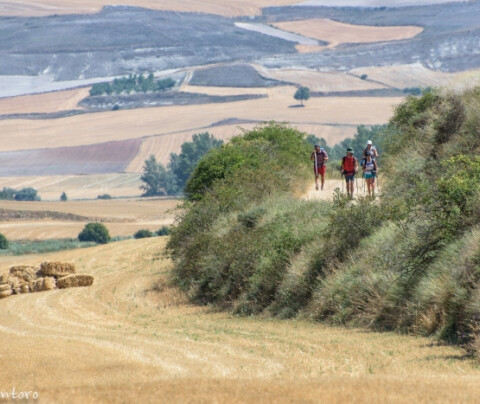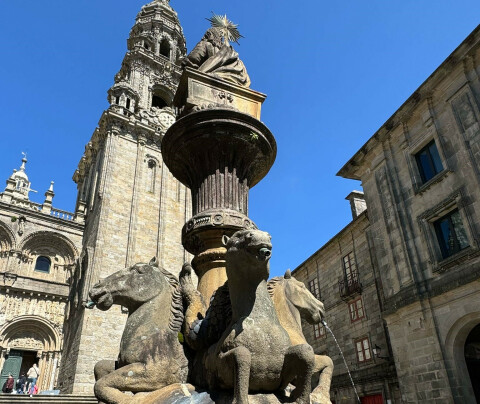Tips to do the Camino
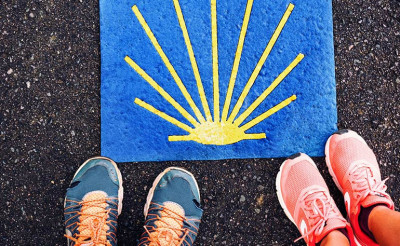
Throughout the articles of this blog we have attempted to cover as many topics as possible that may be of interest to a pilgrim: from the least known Caminos to equipment necessary to travel the Camino, we’ve touched on many subjects.
But we realized that there was a problem: there were still many unanswered questions, which, in turn, were too small to dedicate an entire article about each one. Thus, this article was born, where we've gathered all those small questions along with our answers. Ready? Then let's begin discussing nine things that you'll surely want to know before beginning the Camino.
Do I need to know Spanish to travel the Camino de Santiago?
No! The reality is that a good percentage of the thousands of pilgrims who travel the Camino each year don't come from countries that speak Spanish, but don't speak the language either. Beyond that, if you learn enough to communicate, even rudimentarily, with the locals and can satisfy your basic needs, you'll have a much richer and satisfying experience.
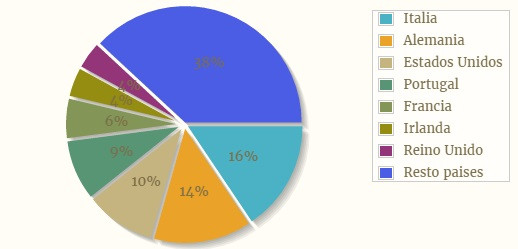
Do I have to carry my backpack throughout the entire Camino?
No. While most pilgrims decide to carry their own backpack, you also have the option to use our backpack transport service with which we take care of carrying your backpack from the beginning to the end of each stage along the entire Camino. It's a perfect choice for those who are injured or cannot or do not want to carry their backpack.
What do you eat on the Camino?
This depends on the person, since there are pilgrims who prefer to prepare their own food while others wish to avoid this type of task, Regardless, many pilgrims usually opt for the menu of the day, which for very little money offers a first and second course and dessert (the drink may or may not be included, just like coffee).
How in shape do I have to be to travel the Camino?
What we recommend is that you exercise as much as you can before you begin, especially if you're not accustomed to this type of activity in your day to day. This does not mean if you're an athlete your feet won't hurt or that blisters will be impossible, but the reality is that the more you're prepared, the less likely you are to have problems.
Can I travel the Camino alone or is it better in a group?
Travel however you’d like! The Camino de Santiago is not an unsafe route (we’ve talked about this in this article), so it doesn’t matter if you’re a woman or a man, you’re going to have an incredible experience. However, if you’re afraid to travel alone, we can assure you that you’ll meet loads of people from all over the world along your Camino, so you’re never truly alone. If you want advice on travelling the Camino de Santiago alone, visit this article.
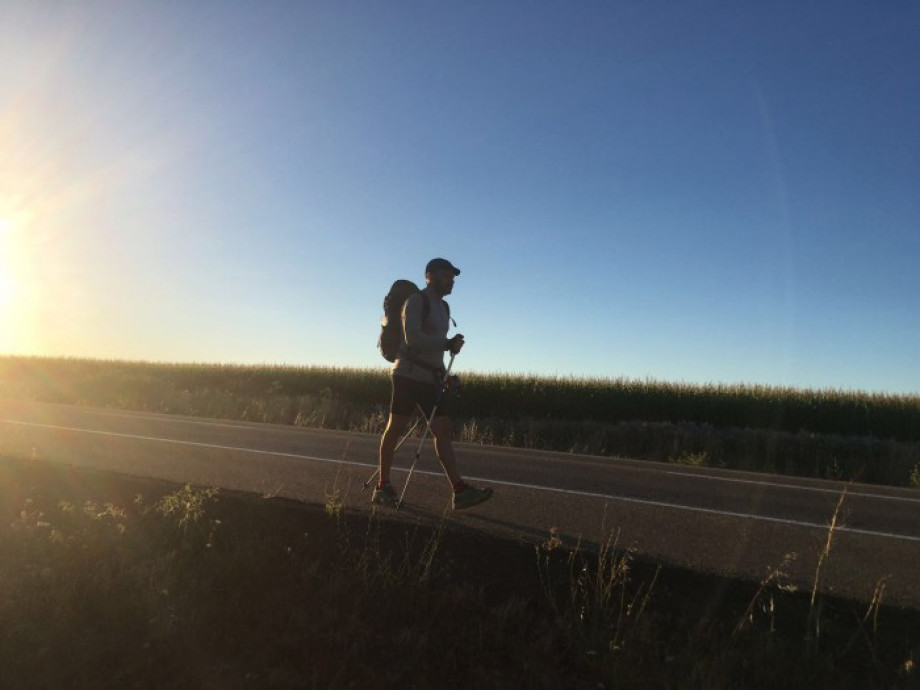
Do I have to bring a sleeping mat?
No. Hostels have beds, so these are often not very useful. It's true that in some situations, especially during the high season, beds may be occupied and you have to sleep on the floor, but even in this situation, it will be less uncomfortable to spend a night on the floor than to carry a mat along the Camino.
What if I’m vegetarian or vegan?
While it's true that these type of food choices are ever more popular, the reality is that the Camino does not offer a wealth of options in certain places. In this instance, your most viable option is to prepare your own food (something that many other pilgrims do, whether or not they're vegetarian or vegan).
How much does it cost to travel the Camino?
We've talked about this in depth in another article, but we can say that the bulk of pilgrims’ budget about 30 Euros per day. This includes all food, hostel and just about anything else you'll need. Regardless of this, be sure to bring some extra cash in case an unforeseen event arises.
How do I choose which Camino to travel?
There's no right or wrong way to choose the Camino you want to travel, you should simply think about your preferences and what you expect from this experience, then choose accordingly.
For example, many pilgrims start on the Camino Francés, since it's the most popular, but the chance to meet more people means that it's much busier and you may not be able to get a bed at a particular hostel. The opposite occurs for less travelled routes: you'll most likely have a room at every hostel, but comes across fewer people.
We hope that you’ve enjoyed this article and it’s answered any questions you may have before beginning your own Camino. If so, don’t hesitate to share it! You can also follow us on Facebook, Twitter and Instagram and let us know about all your experiences on the Camino de Santiago.
Safe travels, pilgrims!
Your email address will not be published.
Mandatory fields are marked with *




